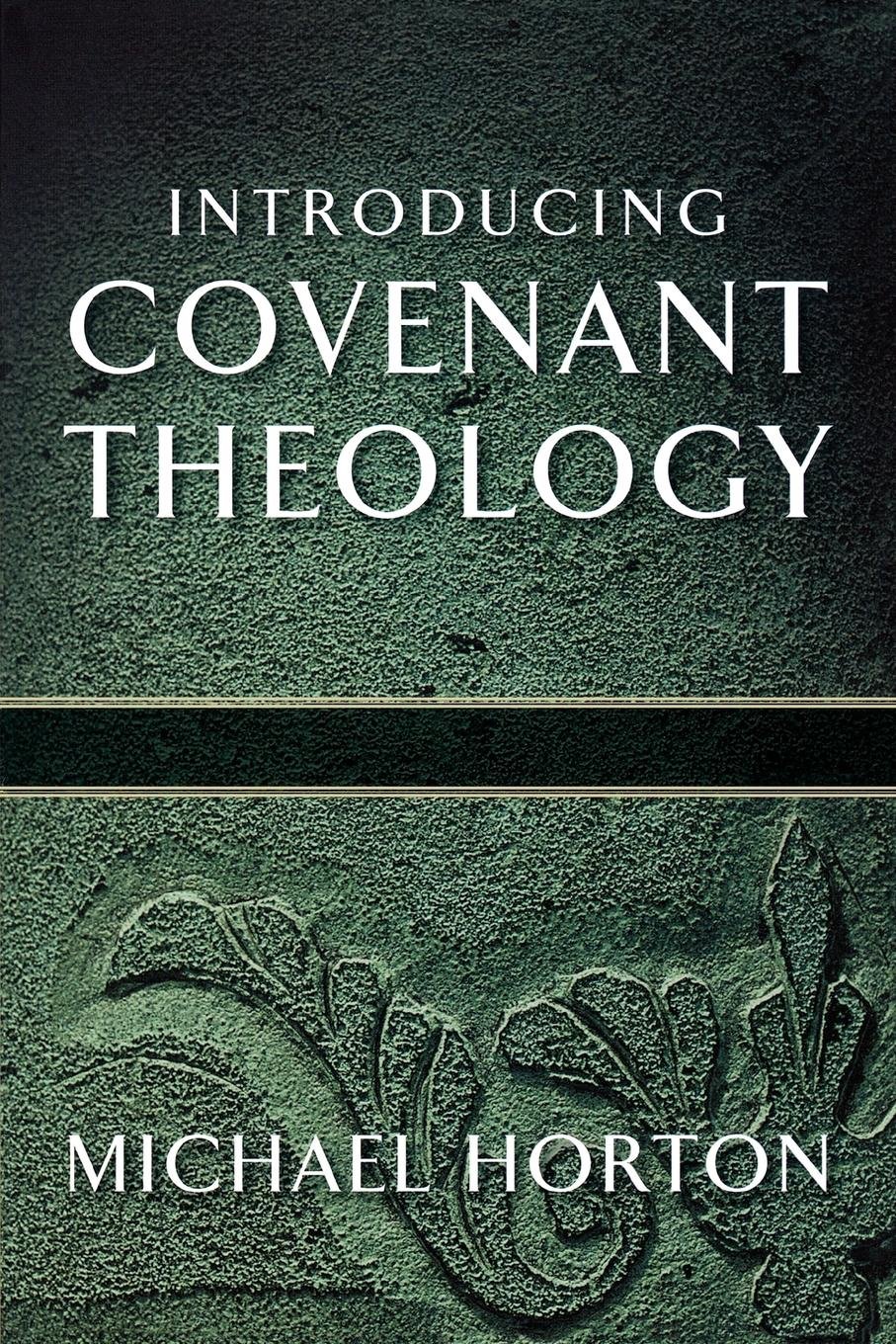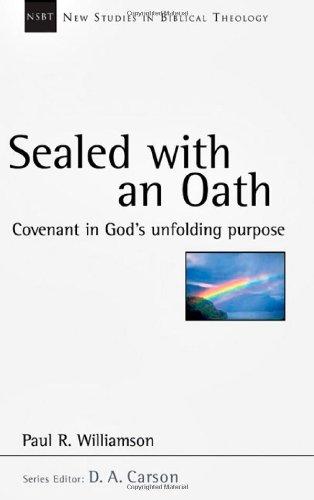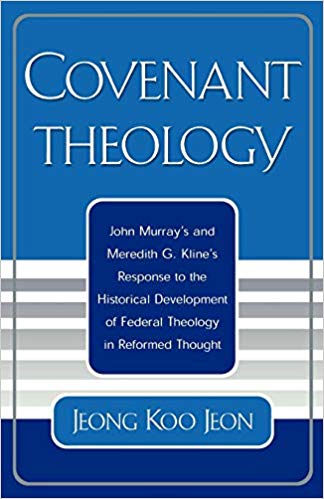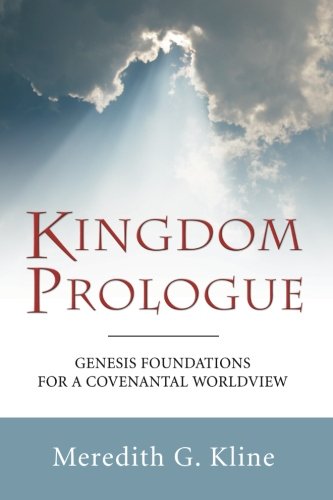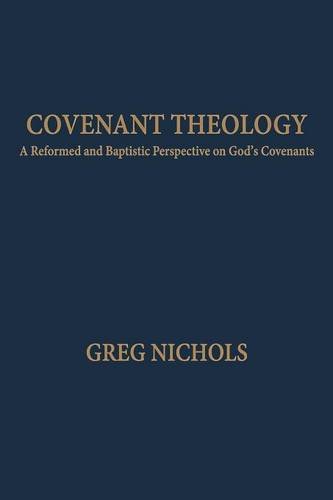Although the covenant of grace has always been the same, the dispensations of that covenant have changed. The first dispensation extended from Adam to Abraham. Of this period we have so few records, that we cannot determine how far the truth was revealed, or what measures were adopted for its preservation. All we know is, that the original promises concerning the seed of the woman, as the Redeemer of our race, had been given; and that the worship of God by sacrifices had been instituted. That sacrifices were a divine institution, and designed to teach the method of salvation, may be inferred,
- From the fact that it is the method which the common consciousness of men has everywhere led them to adopt. It is that which their relation to God as sinners demanded. It is the dictate of conscience that guilt requires expiation; and that expiation is made by the shedding of blood. Sacrifices, therefore, not being an arbitrary institution, but one having its foundation in our real relation to God as sinners, we may infer that it was by his command, direct or indirect, that such sacrifices were offered.
- This may also be inferred from God’s approving them, adopting them, and incorporating them in the religious observances subsequently enjoined.
- The fact that man was to be saved by the sacrifice of Christ, and that this was the great event to which the institutions of the earlier dispensations refer, renders it clear that this reference was designed, and that it was founded upon the institution of God.
The Second Dispensation
The second dispensation extended from Abraham to Moses. This was distinguished from the former,
- By the selection of the descendants of Abraham to be the peculiar people of God. They were chosen in order to preserve the knowledge of the true religion in the midst of the general apostasy of mankind. To this end special revelations were made to them, and God entered into a covenant with them, promising that He would be their God, and that they should be his people.
- Besides thus gathering his Church out of the world, and making its members a peculiar people, distinguished by circumcision from the Gentiles around them, the promise of redemption was made more definite. The Redeemer was to be of the seed of Abraham. He was to be one person. The salvation He was to effect should pertain to all nations.
- Subsequently it was made known that the Deliverer was to be of the tribe of Judah.
Third Dispensation
The third dispensation of this covenant was from Moses to Christ. All that belonged to the previous periods was taken up and included in this. A multitude of new ordinances of polity, worship, and religion were enjoined. A priesthood and a complicated system of sacrifices were introduced. The promises were rendered more definite, setting forth more clearly by the instructions of the prophets the person and work of the coming Redeemer as the prophet, priest, and king of his people. The nature of the redemption He was to effect and the nature of the kingdom He was to establish were thus more and more clearly revealed. We have the direct authority of the New Testament for believing that the covenant of grace, or plan of salvation, thus underlay the whole of the institutions of the Mosaic period, and that their principal design was to teach through types and symbols what is now taught in explicit terms in the gospel. Moses, we are told (Heb. 3.5), was faithful as a servant to testify concerning the things which were to be spoken after.
Besides this evangelical character which unquestionably belongs to the Mosaic covenant, it is presented in two other aspects in the Word of God. First, it was a national covenant with the Hebrew people. In this view the parties were God and the people of Israel; the promise was national security land prosperity; the condition was the obedience of the people as a nation to the Mosaic law; and the mediator was Moses. In this aspect it was a legal covenant. It said, ‘Do this and live.’ Secondly, it contained, as does also the New Testament, a renewed proclamation of the original covenant of works. It is as true now as in the days of Adam, it always has been and always must be true, that rational creatures who perfectly obey the law of God are blessed in the enjoyment of his favour; and that those who sin are subject to his wrath and curse. Our Lord assured the young man who came to Him for instruction that if he kept the commandments he should live. And Paul says (Rom. ii. 6) that God will render to every man according to his deeds; tribulation and anguish upon every soul of man that doeth evil; but glory, honour, and peace to every man who worketh good. This arises from the relation of intelligent creatures to God. It is in fact nothing but a declaration of the eternal and immutable principles of justice. If a man rejects or neglects the gospel, these are the principles, as Paul teaches in the opening chapters of his Epistle to the Romans, according to which he will be judged. If he will not be under grace, if he will not accede to the method of salvation by grace, he is of necessity under the law.
These different aspects under which the Mosaic economy is presented account for the apparently inconsistent way in which it is spoken of in the New Testament.
- When viewed in relation to the people of God before the advent, it is represented as divine and obligatory.
- When viewed in relation to the state of the Church after the advent, it is declared to be obsolete. It is represented as the lifeless husk from which the living kernel and germ have been extracted, a body from which the soul has departed.
- When viewed according to its true import and design as a preparatory dispensation of the covenant of grace, it is spoken of as teaching the same gospel, the same method of salvation as that which the Apostles themselves preached.
- When viewed, in the light in which it was regarded by those who rejected the gospel, as a mere legal system, it was declared to be a ministration of death and condemnation. (2 Cor 3.6-18.)
- And when contrasted with the new or Christian economy, as a different mode of revealing the same covenant, it is spoken of as a state of tutelage and bondage, far different from the freedom and filial spirit of the dispensation under which we now live.
The Gospel Dispensation
The gospel dispensation is called new in reference to the Mosaic economy, which was old, and about to vanish away. It is distinguished from the old economy,
- In being catholic, confined to no one people, but designed and adapted to all nations and to all classes of men.
- It is more spiritual, not only in that the types and ceremonies of the Old Testament are done away, but also in that the revelation itself is more inward and spiritual. What was then made known objectively, is now, to a greater extent, written on the heart. (Heb. 8.8-11.) It is incomparably more clear and explicit in its teachings.
- It is more purely evangelical. Even the New Testament, as we have seen, contains a legal element, it reveals the law still as a covenant of works binding on those who reject the gospel; but in the New Testament the gospel greatly predominates over the law. Whereas, under the Old Testament, the law predominated over the gospel.
- The Christian economy is specially the dispensation of the Spirit. The great blessing promised of old, as consequent on the coming of Christ, was the effusion of the Spirit on all flesh, I. e., on all nations and on all classes of men. This was so distinguishing a characteristic of the Messianic period that the evangelist says, ‘The Holy Ghost was not yet given, because that Jesus was not yet glorified.’ (John 7.39.) Our Lord promised that after his death and ascension He would send the Comforter, the Spirit of truth, to abide with his people, to guide them into the knowledge of the truth, and to convince the world of sin, of righteousness, and of judgment to come. He charged the Apostles to remain at Jerusalem until they had received this power from on high. And in explanation of the events of the day of Pentecost, the Apostle Peter said, ‘This Jesus hath God raised up, whereof we all are witnesses. Therefore being by the right hand of God exalted, and having received of the Father the promise of the Holy Ghost, he hath shed forth this, which ye now see and hear.’ (Acts 2.32, 33.)
- The old dispensation was temporary and preparatory; the new is permanent and final. In sending forth his disciples to preach the gospel, and in promising them the gift of the Spirit, He assured them that He would be with them in that work unto the end of the world. This dispensation is, therefore, the last before the restoration of all things; the last, that is, designed for the conversion of men and the ingathering of the elect. Afterwards comes the end; the resurrection and the final judgment. In the Old Testament there are frequent intimations of another and a better economy, to which the Mosaic institutions were merely preparatory. But we have no intimation in Scripture that the dispensation of the Spirit is to give way for a new and better dispensation for the conversion of the nations. When the gospel is fully preached, then comes the end.
